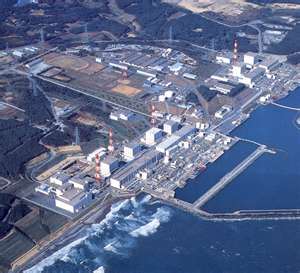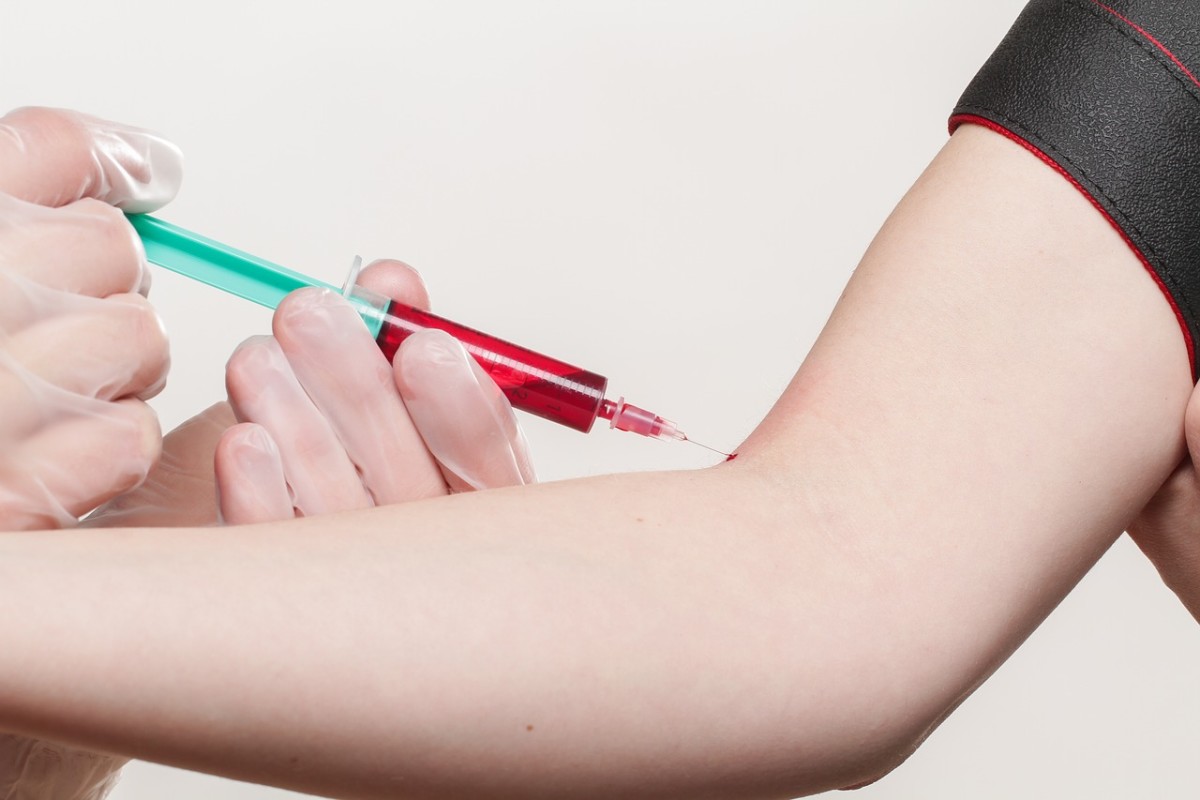Japan’s Radiation Crisis and Human Health: Understanding Radiation Levels

The level of radiation at the Fukushima Daiichi nuclear power plant in Japan is currently (on 3/18/11) 400 millisieverts. The International Atomic Energy Agency (IAEA) provides up to date briefings on the current status at Fukushima and the current levels of radiation. Recent articles from Harvard Health Publications help explain how much radiation this is and how much radiation is safe.
Sievert (Sv) is pronounced SEE-vert, and is a measure of the biologic effect radiation has on people and how much harm it can cause. A millisievert (mSV) is a thousandth of a sievert. A microsievert is a millionth of a sievert. Americans use a different measure known as a rem. One sievert equals 100 rem and a millisievert equals 100 millirem.
In order to get a good grasp of what these numbers mean, it is helpful to compare 400 milliseiverts/hour or 40,000 rems/hour to other, more familiar sources of radiation, such as a chest x-ray. The chart below shows visually how the current radiation levels compare, and shows the level of radiation at which radiation sickness begins. Of course, the situation has not yet been stabilized, so the current levels are subject to change. The IAEA link can be used to get current levels.
Millisieverts
| Millirems
| |
|---|---|---|
Chest X-ray
| 0.1
| 10
|
Two-view Mammogram
| 0.36
| 36
|
Average Annual Background Exposure in the US
| 3
| 300
|
Cardiac nuclear stress test
| 9.4
| 940
|
CT scan of the abdomen
| 10
| 1000,
|
Coronary angiogram
| 20
| 2,000
|
Average exposure of evacuees from Belarus after 1986 Chernobyl disaster
| 31
| 3,100
|
Annual dose limit* for nuclear power plant workers (*as set by the US Nuclear Regulatory Commission)
| 50
| 5,000
|
Spike recorded at Fukushima Daiichi nuclear power plant
| 400 per hour
| 40,000 per hour
|
Acute radiation sickness begins
| 1,000 (or 1 sievert)
| 100,000
|
Sources: U.S. Environmental Protection Agency, Health Physics Society, U.S. Nuclear Regulatory Commission, International Atomic Energy Agency
More Facts About Radiation Exposure
- A person would need to be exposed to at least 100 mSv a year to have an increase in cancer risk. Exposure to 1,000 mSv during a year would probably cause a fatal cancer many years later in five out of every 100 people.
- Total body CT scan: about 10 mSv.
- Mammogram: about 0.7 mSv.
- CT colonography: about 5 to 8 mSv.
- CT heart scan: about 12 mSv.
- Typical chest X-ray: about 0.02 mSv
- Dental X-ray: 0.01 mSv
- .Coast-to-coast airplane flight: about .03 mSv. Airline crews flying the New York-Tokyo polar route are exposed to 9 mSv a year.
Sources: Reuters; New England Journal of Medicine; American Cancer Society; World Nuclear Association and Taiwan's Atomic Energy Council
In addition to the dose of radiation, it is important to consider the length of time a person is exposed at that dose. If a person is exposed to 400 millisieverts/hour they are exposed to that dose for an hour. If a person is exposed to 400 millisieverts but only for a half hour, then their exposure is 200 millisieverts. If the person is exposed for one minute, their exposure is 6.6 millisieverts/minute. If they were exposed at that level for 7.5 minutes their exposure would be 50 millisieverts of radiation, which is the maximum allowable radiation level for US nuclear power plant workers for an entire year.
Another way to understand the numbers is to consider radiation exposure during a chest x-ray. A person is exposed to 0.1 millisievert of radiation during a chest x-ray, but the exposure only lasts a tenth of a second. If the x-ray machine was left on for 6.5 minutes while the person stood in front of it, the exposure would be 400 millisieverts of radiation after 6.5 minutes.
Radiation levels decrease as a person moves away from the source. Tokyo is 150 miles from Fukushima. While levels of radiation in Tokyo are higher than usual, they are far below the levels that would cause risk to human health. So, the farther from the source the better. Currently, in the US, there is no human health risk from the radiation being emitted from the Fukushima Daiichi nuclear power plant in Japan. Contamination could occur if items are shipped to the US from the immediate area or by persons travelling from the area. A decontamination protocol will need to be established to ensure radiation levels are safe for travel and export.
More About Sieverts, Millisieverts and Measuring Radiation
- Japan Elevates Nuclear Crisis to Level of Chernobyl
If the leaks continue, the amount of radioactivity released in Fukushima could eventually exceed the amount emitted by Chernobyl, a possibility that Naoki Tsunoda, a TEPCO spokesman, said the company considers "extremely low." - Japan Earthquake 2011: Government Lifts Some Evacuation Notices Near Damaged Nuclear Plant
TOKYO -- Japan lifted some evacuation advisories around the tsunami-devastated Fukushima Dai-ichi nuclear plant Friday to reassure tens of thousands of residents who fled the worst atomic crisis since Chernobyl that it is safe to return home. A 12-mi
- Japan Earthquake (March 2011) American Red Cross Disaster Newsroom
- American Red Cross: Donate
Your gift to the American Red Cross will support our disaster relief efforts to help those affected by the earthquake in Japan and tsunami throughout the Pacific. On those rare occasions when donations exceed American Red Cross expenses for a specifi - Healing Meditation for Japan






